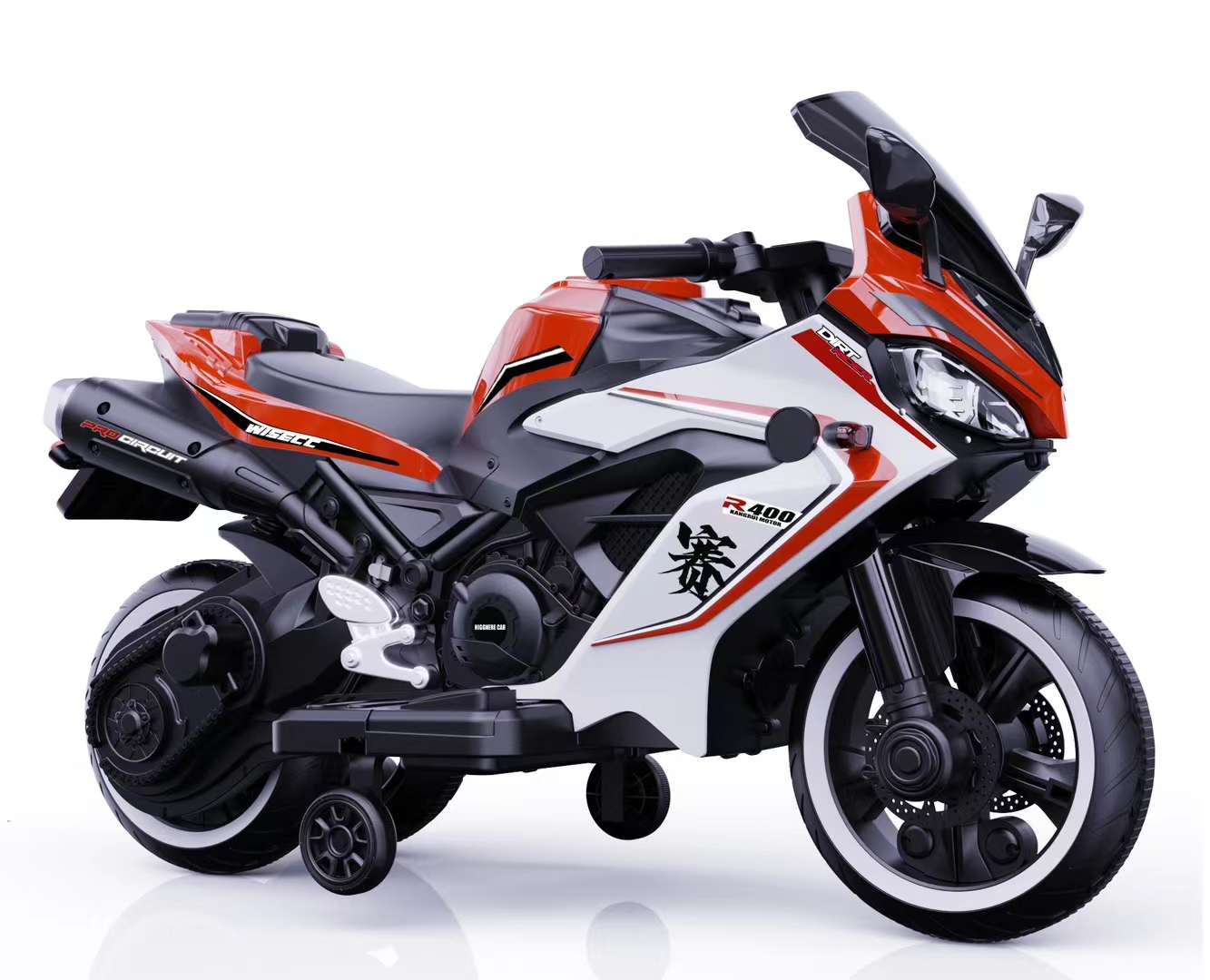Manufacturers of Baby Walkers Face Bans Due to Safety Concerns and Child Welfare Regulations
The Controversy Surrounding Baby Walkers A Call for Manufacturer Accountability
In recent years, the debate surrounding the safety of baby walkers has intensified, leading to calls for their ban in many countries. Baby walkers, designed to help infants learn to walk, have been shown to pose significant safety risks, prompting several manufacturers to reassess their products in light of growing safety concerns. The debate raises important questions about child safety, parental responsibility, and the role of manufacturers in ensuring that their products do not endanger young lives.
The Controversy Surrounding Baby Walkers A Call for Manufacturer Accountability
As awareness of these risks has grown, several countries have taken decisive action against baby walkers. In 2004, Canada became one of the first countries to implement a nationwide ban on the manufacture, import, and sale of traditional baby walkers. Similarly, the U.S. Consumer Product Safety Commission has issued stern warnings about the dangers associated with these products. Some manufacturers have responded by redesigning their walkers to include safety features, but critics argue that any product that encourages a child to move independently at a young age can lead to risky behaviors and should not be marketed at all.
baby walkers banned manufacturers

Moreover, the responsibility does not lie solely with manufacturers but extends to parents as well. While manufacturers are expected to prioritize safety in their designs, parents must also be vigilant in choosing safe products and supervising their children during use. Unfortunately, the convenience offered by baby walkers can often lead to complacency, with caregivers believing that these devices enable children to explore their environment more safely. Such assumptions can lead to dangerous situations, emphasizing the need for awareness and education about the potential hazards.
The issue also raises questions about the impact of marketing on parental choices. Many manufacturers promote baby walkers as essential tools for a child’s developmental journey, leveraging bright colors and engaging designs to appeal to both children and parents. This marketing strategy can create a perception that walkers are not only safe but also beneficial for a child’s physical development. As a result, parents may unknowingly overlook the associated risks. Hence, it becomes crucial for manufacturers to adopt a more responsible marketing approach, providing clear information about the dangers and advocating for safer alternatives.
In light of the compelling evidence against baby walkers, some manufacturers have chosen to halt production entirely or pivot toward safer baby mobility solutions, such as push toys or stationary activity centers, which encourage walking without the risks associated with traditional walkers. This shift reflects a growing acknowledgment of the importance of child safety over profit.
In conclusion, the ongoing debate about baby walkers necessitates a combined effort from manufacturers, parents, and regulators to ensure the safety of infants. With significant risks associated with their use, it is essential that manufacturers take responsibility for their products, implement stricter safety measures, and support bans on unsafe designs. As parents, understanding the dangers is crucial in making informed choices and ensuring a safe environment for their children as they embark on their first steps toward independence. Ultimately, the well-being of our children should always take precedence over commercial interests.
-
Best Infant Strollers 2021: Top Choices for Safety & ComfortNewsAug.11,2025
-
Best Infant Strollers 2021: Top Rated & Luxury OptionsNewsAug.11,2025
-
Luxury Infant Strollers: Modern, Premium & Top-RatedNewsAug.10,2025
-
Kids' Powered Ride-On ATVs Manufacturer | Quality & SafeNewsAug.09,2025
-
Best Infant Strollers 2021: Top Rated, Safe & ComfortableNewsAug.08,2025
-
Baby Strollers Factories: Top Manufacturers & Wholesale SuppliersNewsAug.07,2025
